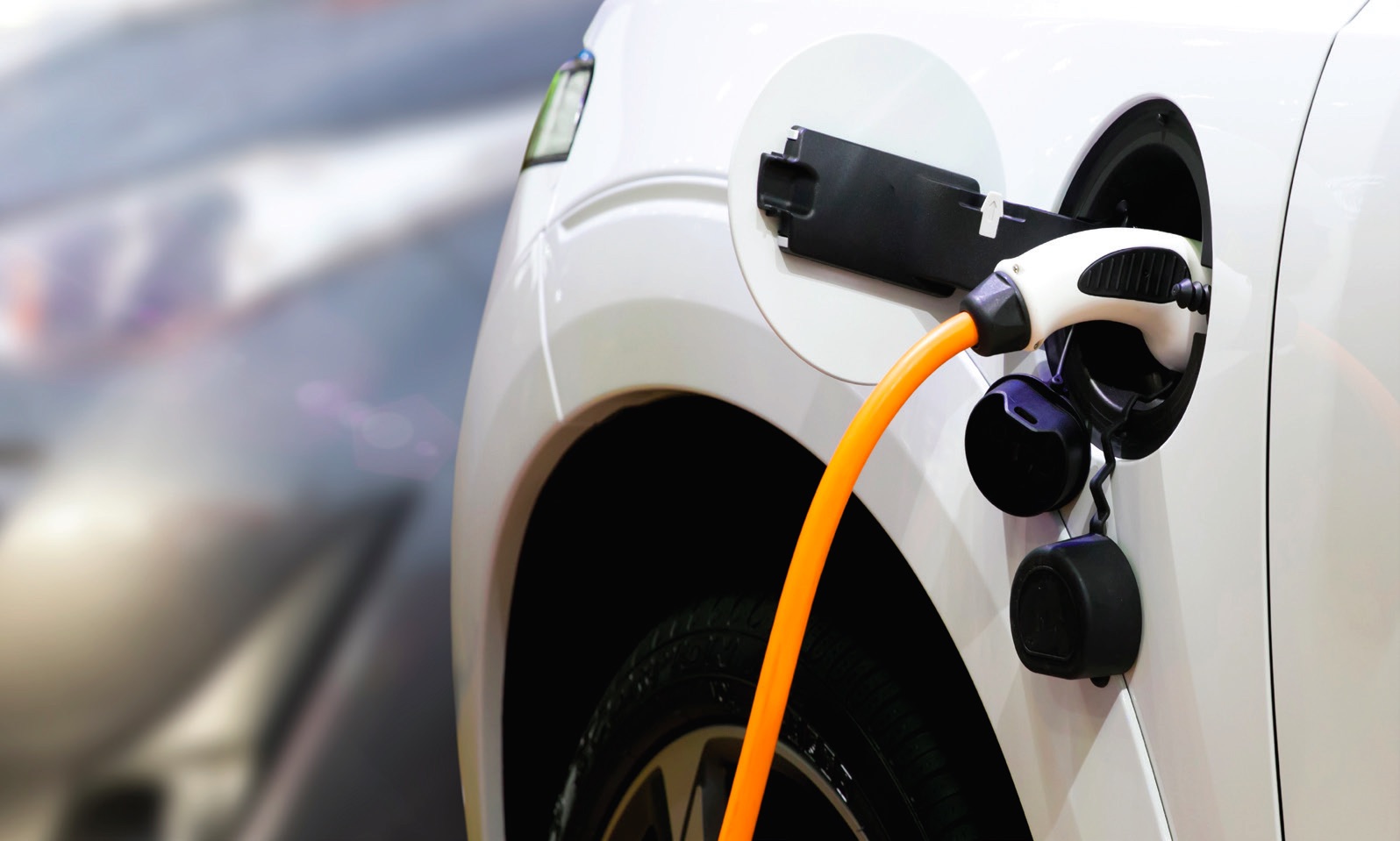The jagged path of electricity
By Dr. Ken Hope | TLT President's Report August 2021
The future is still uncertain for electric vehicles, but interest continues to grow.

The emergence of new technologies is not often simple and often convoluted with underlying complexities.
Everyone wants to know what is coming in the future. Of course we do—we all do. The future that we see with electric vehicles is that it is coming, but we still don’t know exactly what it will look like, even though—day by day—more information emerges.
The emergence of new technologies is not often simple and often convoluted with underlying complexities. For instance, the first electric vehicle was envisioned nearly 200 years ago in the 1830s by innovators in Hungary, The Netherlands and the U.S., according to
www.energy.gov. What happened? The world wasn’t ready for it, and the advent of the internal combustion engine (ICE) eventually provided what seemed to be a final blow to the electric vehicle (and steam engine, for that matter) when Henry Ford’s Model T became mass produced in 1908. All of the prevailing technologies at the time had issues to overcome.
There are issues, as we know, with the ICE as well as electric and fuel cell propulsion systems. We are aware of some, and perhaps some we may not see. Are they lurking under the waterline like an iceberg to the Titanic? Time will tell, and hopefully we will stay vigilant to try and uncover them in time to avert disaster. One issue with electric vehicles is fires caused by a shorting in the battery. We also have a charging infrastructure that is needed, mining of minerals that are needed for the batteries and rare earth minerals that are needed for the electric motors. We also need to fully evaluate the impact on the environment for the mining and end-of-life issues for the batteries themselves.
With fuel cell vehicles, we know about the need for hydrogen, and, quite frankly, the thought of riding around on a 10,000 psig pressure vessel of hydrogen doesn’t give me a calming feeling. Hydrogen doesn’t like to be compressed, and it also has a negative Joule-Thomson coefficient, meaning that it can provide its own ignition source upon decompression. Lithium, cobalt and rare earth mineral mines can bring up geopolitical tensions, leading to further issues. My point is the jagged line that we see with lightening appears to be very similar to the development of the electric vehicle in that the path is not straight. There are developments, and we know that research begets research as new issues arise. For instance, recently, the lithium dendrite issue that is thought to be a root cause for battery fires may be inhibited by another electrolyte layer as described by a Harvard researcher’s bacon, lettuce and tomato analogy.
1
So then, what does the future hold for electric vehicles? Will people purchase them? Time will tell, but this is a great time to tell you about an STLE Electric Vehicle Technology Conference that will be happening in the fall and is being organized by Bill Anderson, Afton Chemical Corp., and chair of the STLE Engine and Drivetrain Technical Committee. This will be a hybrid event with plenary speakers, panel sessions and breakout sessions. You might want to attend and find out more about this jagged path.
REFERENCE
1.
Click
here.
Dr. Ken Hope, CLS, is global PAO technical services manager for Chevron Phillips Chemical in The Woodlands, Texas. You can reach him at ken.hope@cpchem.com.